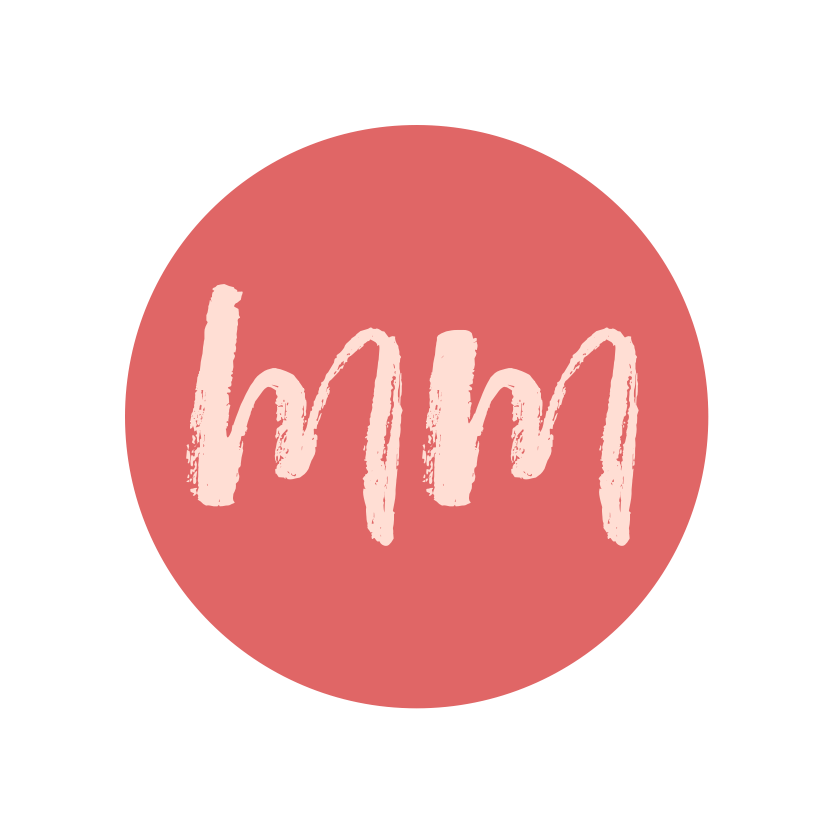Budgeting Tools
By Lin Nguyen
Budgeting is an essential part of managing your finances. To get your finances together, you have to get your spending under control and make sure you spend less than what you make. More than that, budgeting can help you feel happy about your money if you design a “values-based budget.”
A values-based budget is a way to track your money so you spend in line with your values and your needs. It should be obvious to someone, if they look at your monthly spending, to see what matters most to you. It should also be easy for you. Don’t get bogged down by counting every penny or checking your budget every single day.
There are tons of different resources to help you budget, and there are two budgeting tools at the forefront of personal finance conversations: Mint and YNAB (You Need A Budget).
Mint is a popular and long-standing personal finance tool. It’s free and easy to sign up. The app’s focus is on having all of your accounts and one place, and your accounts, loans, bills, mortgage, and credit score are easily viewable. It’s a great tool for managing your money and getting an overall view of your finances. Mint also has powerful tools that allow you to see “trends” of your spending over time. For example, if you want to see what you spent on “food & dining” each of the last 9 months, it will display that for you in a chart.
YNAB, youneedabudget.com, is focused on creating and teaching a zero-based budget. This means every dollar of your budget is allocated to a spending category. YNAB helps its users create flexible budget and expense goals, but unlike Mint, YNAB charges $11.99/month. The upside is there’s no advertisements, which can enhance the user experience.
Both tools are great resources for getting a handle on your finances, with Mint giving a better overall picture but YNAB focusing more on the details of your zero-based budget. There are also tons of other budgeting resources. Some people prefer Personal Capital and this month’s guest speaker, Carmen Perez of Make Real Cents, provides her subscribers with 14 free budgeting sheets which are available on her website, makerealcents.com.
Ultimately, developing and sticking to a budget should be easy and enjoyable for you. It has to fit your needs and give the structure or flexibility that works best for you. For some people, setting money aside in cash envelopes once they get their paycheck is the best way to divide their money and track their spending. For others, using online budgeting tools the big picture on their money that they need. You can also manually track every dollar using a spreadsheet or daily journal.
No budgeting tool is “the best” because it’s different for everyone, but it should be something that’s right for you given your current goals and situation. Allow budgeting to bring you joy! Try pairing your monthly budgeting check-in with a habit you like, such as making yourself a cup of coffee. Then don’t forget to reward yourself when you hit your goals! It may help you to set goals ahead of time, for example, “if I meet my food and dining budget this month I will allow myself to ….”. Budgeting is a necessary part of personal finance and it can be a fun part too.
